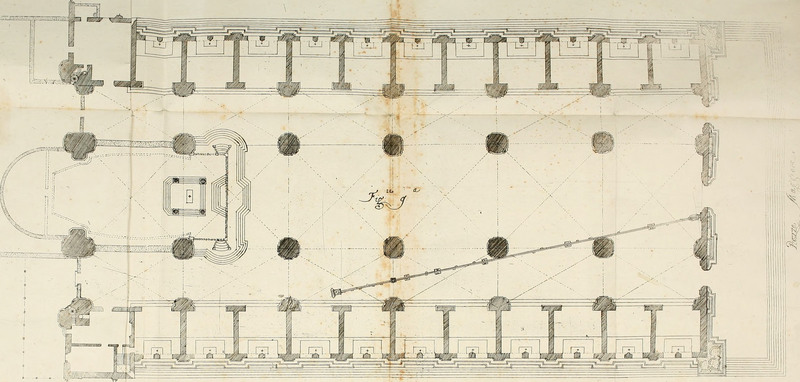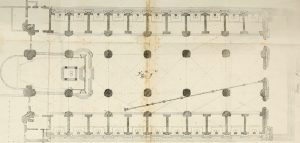Atlas Obscura posted a thought-provoking piece on the Catholic Church’s use of scientic to observe and understand the cosmos as part of peity – for 6 centuries before its condemnation of Galileo. In fact some churches were designed as solar observatories – to wit:
“This cathedral, the Basilica di San Petronio in Bologna, Italy, also doubles as a solar observatory—at one point, one of the most accurate in the world—and these signs of the zodiac are part of an instrument for measuring solstices…
“Bologna’s Basilica of San Petronio is not the only example of a meridian line, although it was considered to be the most accurate. Santa Maria degli Angeli in Rome has a beautifully realized and particularly grandiose example cutting through its nave; Saint-Sulpice in Paris hosts its own, as does Santa Maria del Fiore in Florence; a church tightly nestled in the packed streets of Fossombrone, Italy, bears a meridian line; the heavily worn remains of a line are still visible in the cloisters of England’s Durham Cathedral; and the duomos of Milan and Palermo also contain their own meridian lines…
“Understanding the structure and rhythm of the cosmos through direct scientific observation was thus not antagonistic to Christian worship at all. It was an essential expression of human piety: an earnest attempt to synchronize human religious activity with the divine and invisible clockwork of the universe. And thanks to this vast astronomical device embedded in the floor of a cathedral, Easter could now be determined not just with a quick glance, but with unquestionable precision.”
http://www.atlasobscura.com/articles/catholics-built-secret-astronomical-features-into-churches-to-help-save-souls
Thanks to Soror Hypatia for the tip!



The Big Bang model, or theory, is now the prevailing cosmological theory of the early development of the universe and was first proposed by Belgian priest Georges Lemaitre, astronomer and professor of physics at the Catholic University of Leuven, with a Ph.D. from MIT. Lemaitre was a pioneer in applying Albert Einstein’s theory of general relativity to cosmology. Bill Bryson wrote that the idea was decades ahead of its time and that Lemaitre was the first to bring together Einstein’s theory of relativity with Edwin Hubble ‘s cosmological observations, combining them in his own “fire-works theory”. Lemaitre theorized in the 19 that the universe began as a geometrical point which he called a “primeval atom”, which exploded out and has been moving apart ever since. The idea became established theory only decades later with the discovery of cosmic background radiation by American scientists. In ancient times, the church supported medical research as an aid to Christian charity. The Church supported the development of modern science and scientific research by founding Europe’s first universities in the Middle Ages. Historian Lawrence M. Principe writes that “it is clear from the historical record that the Catholic church has been probably the largest single and longest-term patron of science in history, that many contributors to the Scientific Revolution were themselves Catholic, and that several Catholic institutions and perspectives were key influences upon the rise of modern science.”